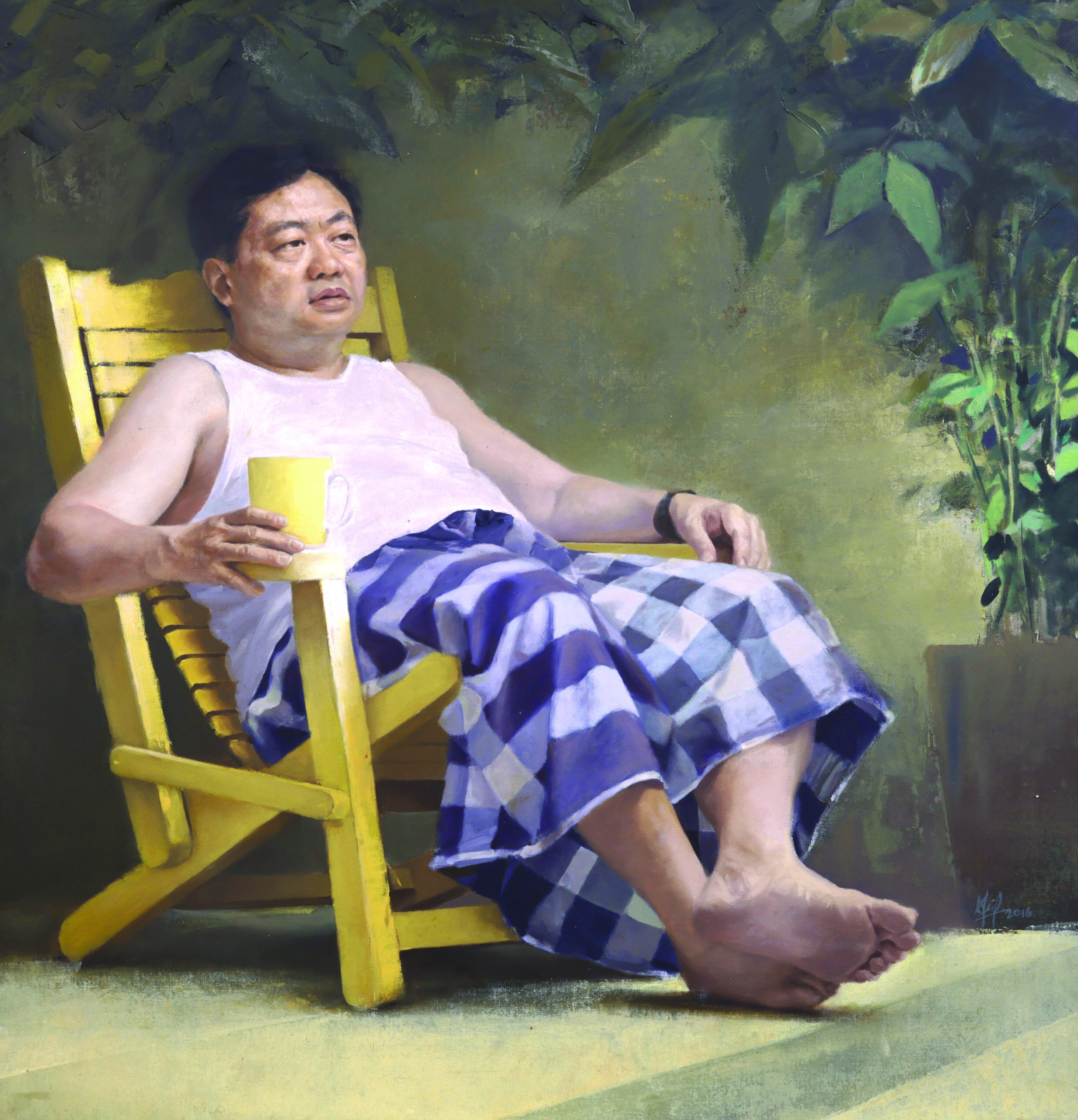Most visitors to Kubah National Park would put Mount Serapi or its waterfall on the itinerary but only a few would stop and appreciate the frog pond located there.
Situated about a half-hour walk from the park HQ, this pool is the breeding ground for numerous frog species.
There are a few signs provided at the frog pond to educate the public more about this amphibian.

If you are visiting the frog pond during the day, you might miss them. They hide among the leaf litter away from the hot sun and predators.
You can enjoy more of these amphibians if you are staying overnight at the national park.
This is because the frogs only come out at night. Furthermore, they are most active an hour after sunset.

Have you heard a frog’s call before? Male frogs call to attract females.
Unlike catcalling among humans which usually repel the females, the louder the frog’s call, the better their chances of getting a mate.
Every species has its own distinctive call.

Some of the factors reportedly affecting the frog’s mating rituals are humidity, rainfall, temperature and even the phases of the moon.
After choosing a mate, the female expels its eggs into the water while the male releases its sperms to fertilise the eggs.
The eggs will later hatch into tadpoles and live like a fish for about 11 weeks.
Some tree frogs lay their eggs in the trees to avoid egg raptors.
When the eggs hatch, the tadpoles will fall into the pond.

The importance of frogs
Frogs and their tadpoles hunt mostly insects allowing them to control the insect population. Hence, this helps to balance the ecosystem. Similarly, snakes, birds, bats and other frogs also prey on these frogs, continuing this important predator-prey cycle.
Did you know that having lots of frogs in the forest tells us that the area is still healthy?
They can be used as bio-indicator for pollution. This is because frogs have permeable skin which can be sensitive to any disease, pollution and changes in the environment.
If the number of frogs decline, it’s safe to say that it’s a warning sign that something is wrong with the environment.

Frog species found at Kubah National Park
According to Sarawak Tourism Board website, some frogs that can be spotted here are Grass Frog, Common Asian Toad, Brookes’s Burrowing, Kerangas Bush Frog, Harlequin Tree Frog, Four-line Tree Frog, White-lipped frog and File-eared Tree Frog.
Apart from these, Hans P. Hazebroek and Abang Kashim Abang Morshidi listed more frog species in National Parks of Sarawak.
These include Kuhl’s Creek Frog, Black-spotted Rock Frog, Sarawak Slender Litter Frog, Abott’s Litter Frog, Giant River Toad and Brown Slender Toad.



























































